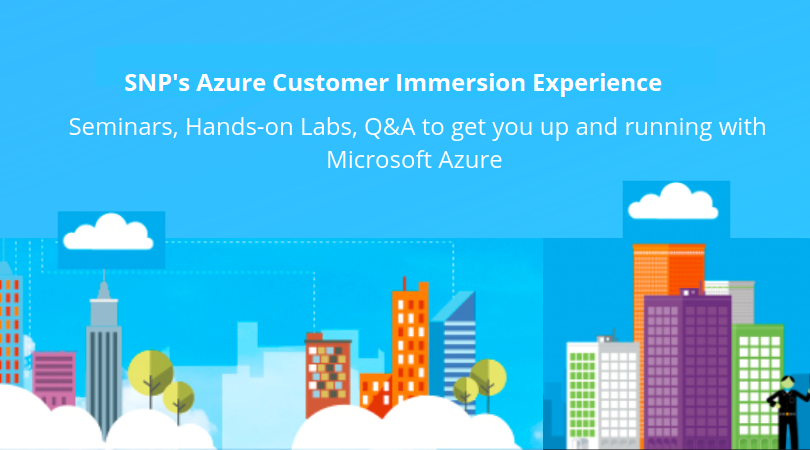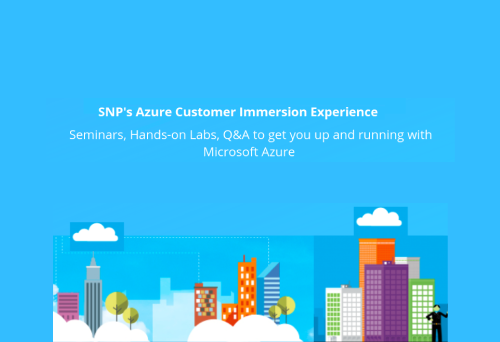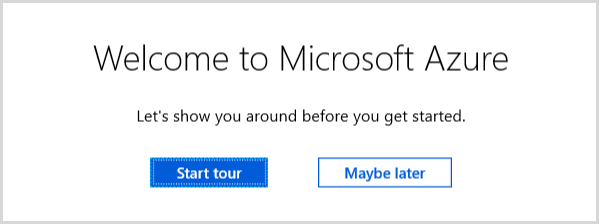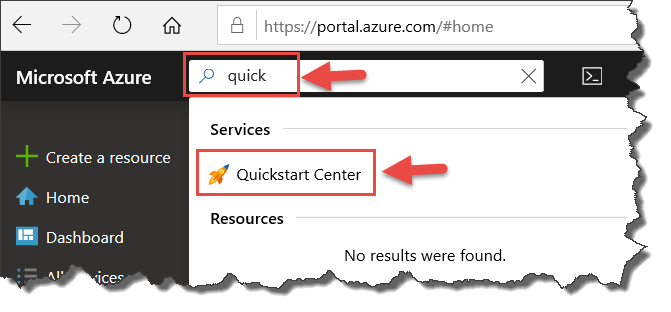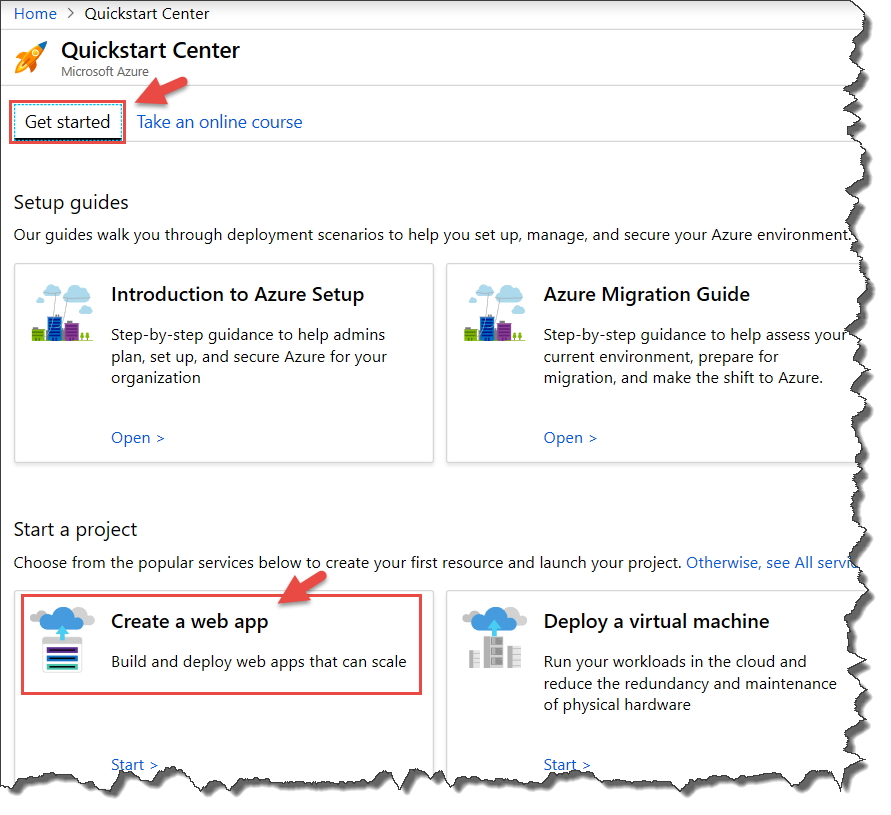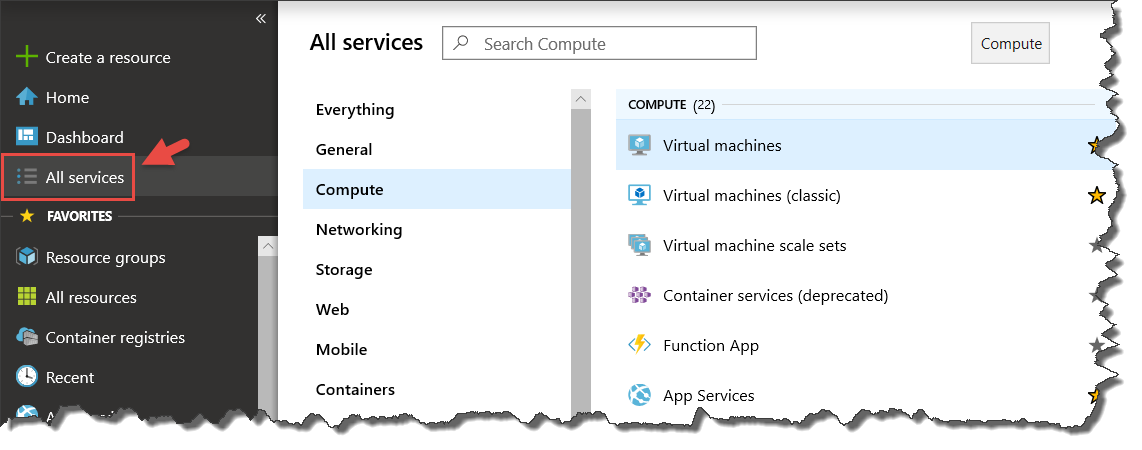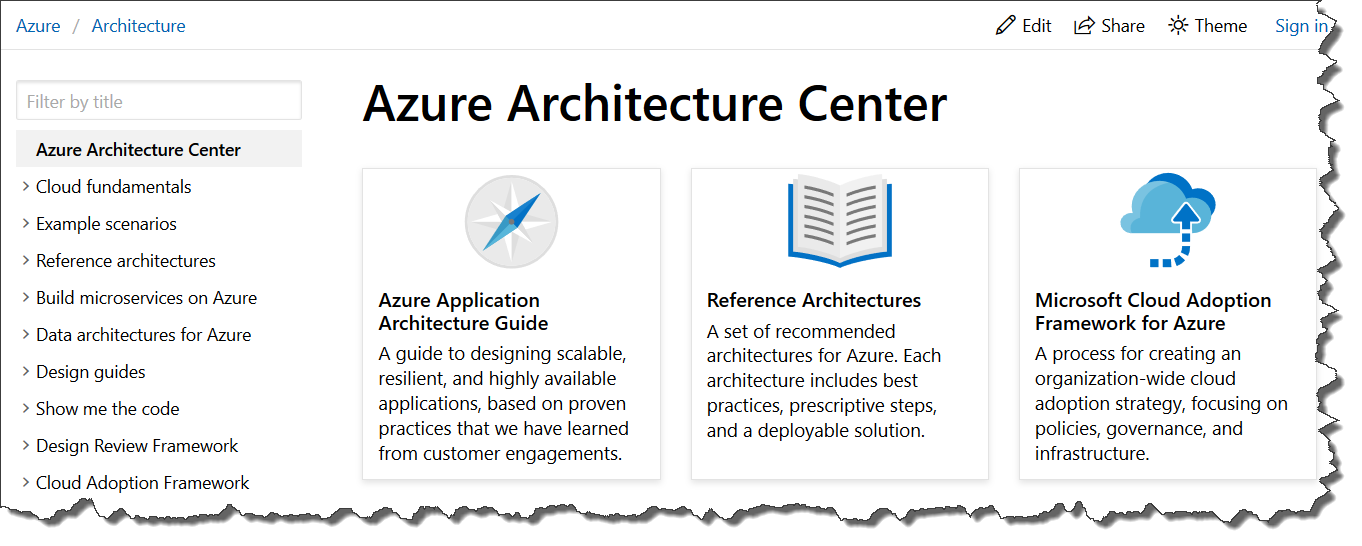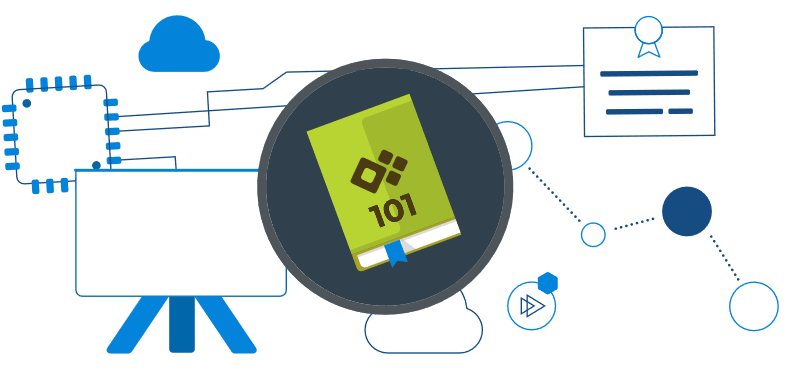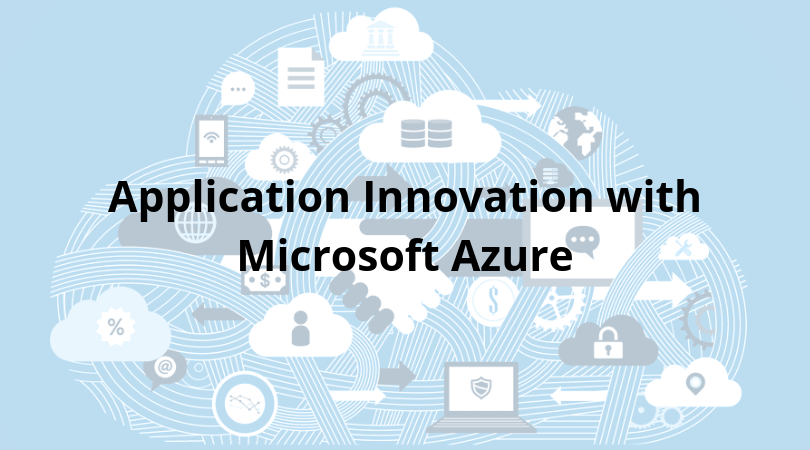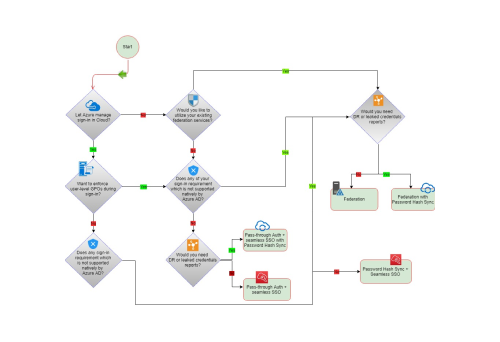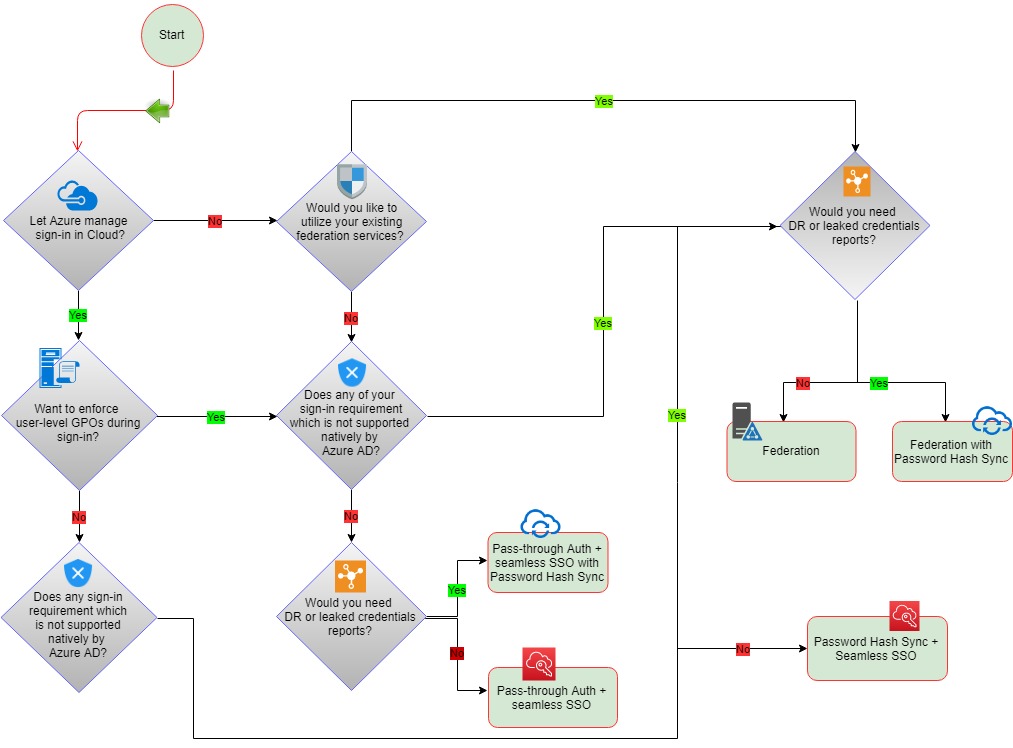Do these thoughts describe your company’s Azure cloud adoption?
- “Cloud knowledge is essential for IT and Development on-boarding”
- “Our teams need to get up to speed quickly”
- “We don’t know where to start”
If so, you probably need a facilitated training on Azure cloud technologies, and the means to this end is a Azure Customer Immersion Experience, or CIE for short.
In my prior blog post, I shared 5 Tips to Discover App Innovation on Azure as a short guide to help you acclimate to the Azure cloud, with tip #3 being to “Schedule Customer Immersion Experience (CIE)”. If the sentiments I opened with above ring true, my advice is to make the CIE a high priority.
Unlike the other four tips, the CIE is a facilitated activity, as opposed to a task that relies on individual initiative. Individual initiative is difficult to track and manage, whereas with a facilitated activity you ensure that the right people are scheduled at the right time to get the right Azure training to meet on-boarding needs.
For this reason, I wanted to dedicate a full blog to tip #3.
If you have not read my prior post, I recommend you have a look at 5 Tips to Discover App Innovation on Azure, particularly tip #3, and then return to this post.
About the Microsoft CIE program
The Microsoft CIE program is an innovative training approach that favors hands-on experiences over lecture. The leader of the CIE is referred to as a “facilitator” or “emcee”, as opposed to an “instructor”. Each CIE has an over-arching topic, such as “Managing Infrastructure” or “Application Innovation”. Hands-on lab or hackfest style workshops are the training modality.
Labs for the Microsoft CIE program come from a pool of Instructor-led Labs (a total of 83, as of this writing).
The facilitator briefly introduces the CIE material and then fosters a conversational walk-through of the workshop content. Attendees are encouraged to work together and contribute to the conversation.
Facilitators are Azure knowledge workers (such as myself) who enjoy the opportunity to lead their peers through a great learning experience. The Facilitator is not necessarily an expert on all topics covered in the workshop. But this is the point of the CIE. Everyone who attends has the opportunity to share their experience, brainstorm and ask questions that the group can respond to.
To become a CIE facilitator, one participates in a three-week course and presents a customer immersion experience as their final project.
SNP’s CIE approach
At SNP, we take a hybrid approach to CIE delivery. For one, we favor a little more lecture, but certainly short of “death by PowerPoint.” We also curate workshops from a wider array of lab material produced by Microsoft and some home-grown. That is, we do not confine ourselves to the aforementioned list of labs at https://www.microsoft.com/handsonlabs/instructorledlabs.
Our CIE engagements have a single SNP facilitator. As well, SNP engineers participate as proctors to assist attendees and offer their unique technical insight.
At the onset of the CIE, attendees are provided with a virtual lab environment with all Azure resources required for the CIE. These lab environments are furnished by Microsoft at no additional cost, and are available for the day only. As the lab environments expire, customers often elect to use a company Azure subscription or the individual MSDN subscriptions of attendees. In such cases, prerequisites are furnished several days before the CIE. Typical requirements are:
- Azure subscription
- Azure DevOps Organization
- Visual Studio Code
- Visual Studio 2017 or greater
- Git
An Example CIE for Azure Kubernetes Service
In the 5 Tips blog eluded to earlier, I summarized topics covered in an “App Innovation with Azure” 2-day workshop. To mix things up, the following CIE example targets IT and Development professionals interested in a one-day immersion into Azure Kubernetes Service (AKS), Microsoft’s managed service for Kubernetes.
This workshop takes a challenge-based approach wherein attendees are expected to work together in small “teams” to solve “challenges” including:
- Kubernetes cluster deployment with AKS
- MongoDB deployment on AKS
- Setting up Azure Container Registry (ACR)
- Packaging front-end and back-end applications as Docker containers
- Pushing the containers to ACR
- Use Azure DevOps to set up a CI/CD pipeline to deploy the containers on AKS
- Scale the application
- Monitor container performance with Azure Container Health
- and more
The feedback from attendees of this CIE has been excellent. The collaborative format and workshop guidance is suitable for novices and those with intermediate knowledge of Kubernetes and Azure.
In Closing
As an IT professional selling cloud solutions for a living, I know that Azure can be intimidating but it doesn’t have to be. There is much that you can do on your own to get-up-to-speed, and the assistance of a Microsoft Partner such as SNP accelerates the establishment of a production-ready Azure ecosystem for your workloads.
Customer Immersion Experiences are an important tool to employ as you adopt Azure, and also to learn new Azure cloud technology that emerges on an annual basis.
Lastly, the good news! For some qualified organizations there are funding opportunities for either the CIE itself or for next steps coming out of the CIE – pilots, POCs, etc. So, if you want to learn more, give us a call to schedule a CIE today.
